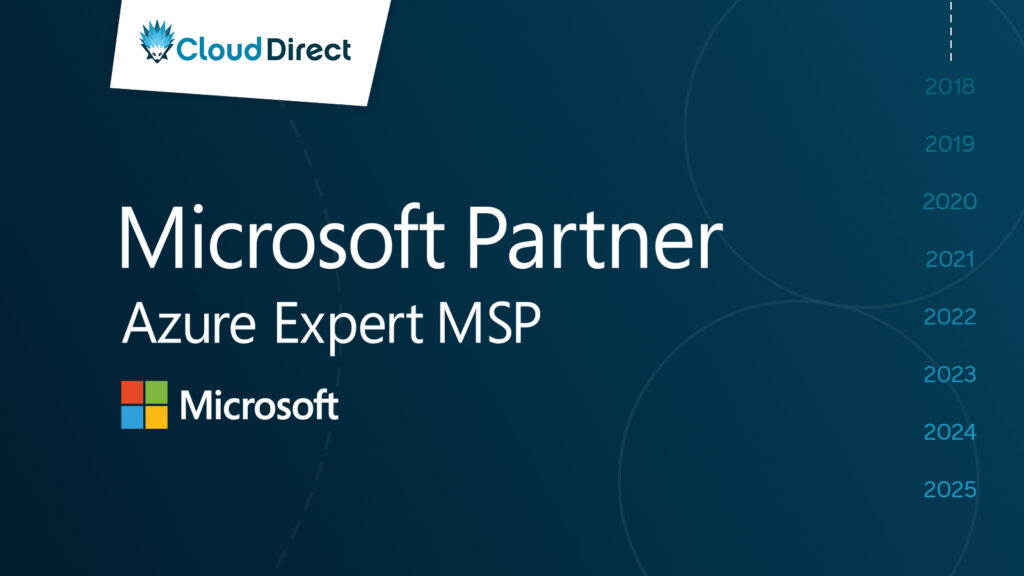
When migrating to the cloud it can be easy to jump in headfirst. But you must take a step back and review things before you start your cloud journey. Migrating to the cloud provides you with the chance to think ahead and create an environment that allows you to scale and innovate with ease.
Whilst some workloads can be easily migrated to Azure with little adaption – these are the ones we target in our first phase migration – many will need to be re-configured for performance and cost optimisation.
To realise the true potential of Azure and build a scalable base, you should start with Azure Landing Zone. They are the fundamental structures that put security and optimal performance at the core of your cloud environment.
What is an Azure Landing Zone?
A Landing Zone is a key concept of Microsoft’s Cloud Adoption Framework that allows you to build a secure foundation to scale and innovate with ease. Not familiar with the Cloud Adoption Framework? Fear not as we have a beginner’s guide that covers everything you need to know. Microsoft has created the Landing Zone based on best practices and cloud services for you to leverage as part of your migration, mitigating any complexities you may face.
A Landing Zone can be deployed at any stage – whether you’re in the process of deploying your first production application in Azure or operating a complex portfolio of tech platforms and workloads. Landing Zones have been created to be both scalable and modular – you’ll have repeatable environments with the same configuration and controls allowing you to scale but also have a modular environment thanks to its common set of design areas that can be extended to support specific technologies.
Why you should deploy a Landing Zone
It should be clear by now that to ensure a safe take-off in Azure you need a Landing Zone in place, enabling you to have a faster, more secure and efficient migration. Which is ultimately what you’re trying to achieve, right? Having a Landing Zone in place before you start migrating your infrastructure provides you with a solid foundation for you to future-proof your IT. Plus you’ll have access to Microsoft cloud services and best practices that set you up for success. But that’s not all. You’ll also be able to benefit from:
Increased speed |
Increased scalability |
Best security and performance |
Five principles for deploying a landing zone
Microsoft has put together five key principles that you should be leveraging when deploying a Landing Zone.
- Utilise Networking Services – Add or remove workloads without disrupting the rest of your environment and leverage connectivity to bring your applications together.
- Identity Management – Within a Landing Zone, you’ll be able to set identity rules so only certain employees will be able to access data – providing you with better user management. You’ll be able to leverage Single Sign-On, Role-Based Access Control and Authentication to enable effective identity management.
Once you have the first two principles in place, you’ll be able to start migrating low-risk workloads. When you’ve migrated any low-risk workloads, you’ll then be in a place to start looking at the next three principles.
- Governing your environment – Microsoft will enable you to govern your environment with compliance policies to ensure you’re meeting industry regulations.
- Leverage Microsoft security – You’ll be able to leverage Microsoft security controls to protect both data at rest and in transit, allowing you to detect threats before it’s too late.
- Manage your environment – Once you have your Landing Zone in place you’ll not only have a secure space for your environment but also the tools in place to effectively monitor performance.
When you’ve got all of these three principles in place, you’ll be able to accelerate your migration and now have a secure foundation to move any business-critical workloads into Azure.
Ready to deploy a Landing Zone?
As an accredited Microsoft Azure Expert MSP and Cloud Adoption Framework ready partner, we’re able to help you deploy a landing zone. Simply get in touch with our experts.





